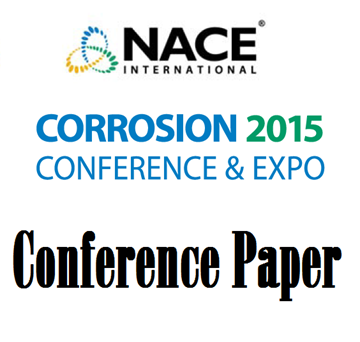Search
The Limiting Section Thickness for Duplex Stainless Steels
Also Purchased
51312-01096-QA/QC TOOLS TO ENSURE THE QUALITY OF DUPLEX STAINLESS STEEL COMPONENTS
Product Number:
51312-01096-SG
ISBN:
01096 2012 CP
Publication Date:
2012
$20.00
The Selection of Stainless Steels for Seawater Pumps
Product Number:
51315-5446-SG
ISBN:
5446 2015 CP
Publication Date:
2015
$20.00
Understanding Why PREN Alone Can Not be Used to Select Duplex Stainless Steels
Product Number:
51315-6005-SG
ISBN:
6005 2015 CP
Publication Date:
2015
$20.00
Recently viewed




